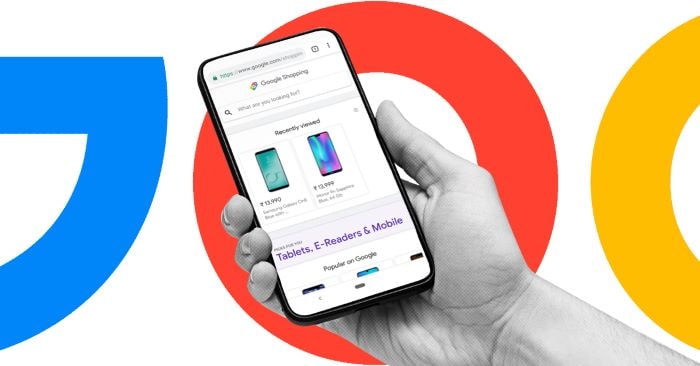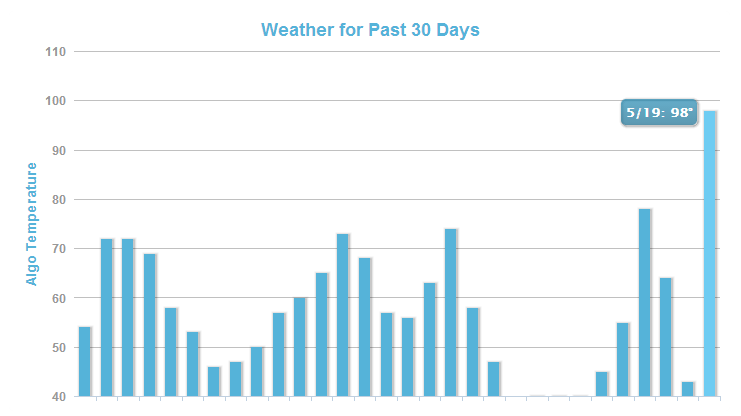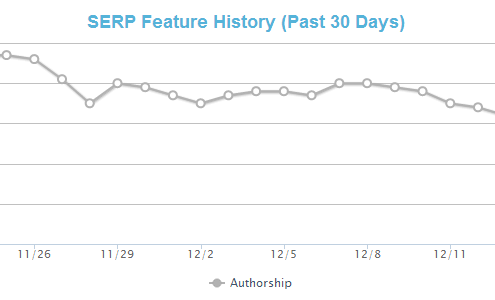Beyond Blue Links: How to Optimize Your Content for Google’s AI Overviews

Google Search is evolving fast—and it’s not just about ranking anymore. With the rise of Google AI Overviews and AI Mode, those familiar blue links are often replaced by AI-generated summaries that pull answers directly into the results page. If your content isn’t optimized for this shift, your brand might be invisible—no matter how high it technically ranks.
To win visibility in this new frontier, your content must be genuinely valuable to users; meaning quote-worthy—clear, helpful, and structured in a way that Google’s AI can understand and reuse. Ranking alone won’t cut it anymore. You need to know how to appear in Google’s AI-generated summaries—and how to stay there.
This blog breaks down practical ways to reshape your content for AI citations. From formatting to tone, here’s how to optimize for the summary, not just the SERP.
Why Google AI Chooses Certain Content
Google’s Search Generative Experience (SGE) pulls from content that directly answers user questions, is logically structured, and sounds natural—not robotic.
So what makes your content more likely to be cited by AI?
When AI summarizes a topic, it favors content that reads like it was written by a human—not a keyword machine. That’s why understanding how AI Overviews affect SEO is no longer optional—it’s essential.
What AI-Friendly Content Looks Like (vs Not)
Good:
“Yes, you can apply for a passport online. Here’s how to do it in 3 steps.”
Not-so-good:
“Applying for a passport involves several steps and requirements depending on your location and eligibility…”
Notice the difference? The first sounds like a human trying to help. The second sounds like it was copy-pasted from a bureaucratic PDF.
To thrive in SGE vs traditional Google results, you need to adapt your voice and structure for AI-powered skimming.
Tactics to Make Your Content AI-Friendly
Structure is everything. When you help AI understand your content, you increase your chances of being cited. Here are a few ways you can use to help your content get cited by Google:
1. Use subheaders that double as questions
Headers phrased as questions match both how users search and how to rank in Google’s AI Overviews. They also align with how AI detects scannable, snippet-friendly answers.
Instead of: “SEO Landscape”
Try: “What is SEO in 2025?”
Framing your headers this way helps boost your chances of appearing in summaries, not just search results.
2. Start sections with direct, summary-style answers
Start strong. Don’t bury your insight—make it the first thing readers (and AI) see.
Example:
“Content optimization is the process of refining your webpages to improve visibility, relevance, and engagement.”
This approach not only supports SEO for AI Overviews, but also makes your content more digestible for human readers too.
3. Incorporate FAQs or TL;DRs
Adding short FAQ sections or summary boxes is one of the most effective new SEO tactics for AI-enhanced Google search.
Why it works:
Consider ending long posts with a “Quick Summary” or inserting FAQs every few sections to break things up.
4. Keep formatting scannable
Make your content easy to skim—for both readers and algorithms:
This helps reduce cognitive load and supports content strategy for AI Overviews that prioritize clarity over density.
5. Use natural, human-sounding language
Ditch the keyword stuffing. AI now favors content that sounds like a real person. Think conversational, not corporate. Your writing should feel like it’s coming from a helpful friend—not a search engine chaser.
Instead of:
“Affordable digital marketing solutions agency in the Philippines.”
Try:
“A digital marketing agency that helps businesses in the Philippines grow online.”
This tone aligns with tips to optimize for Google SGE and makes your brand feel more approachable and authentic.
6. Integrate Schema
One of the tools at your disposal is the use of Schema that enriches the Search Result snippet. But more than that, it provides context to the content in a page such as:

Stay Visible by Staying Useful (and Fresh)
TL;DR: AI Overviews favor content that’s accurate, up-to-date, and comprehensive. In fact, recent studies show that 45% of marketers say refreshing existing content is one of the most effective ways to improve rankings—and it’s even more critical with changes in organic search with Google SGE.
Outdated info won’t make the cut, even if it once ranked highly. To stay visible in this dynamic search landscape, you need to treat content as a living asset.
Here’s how to stay relevant:
When you actively update and improve your work, you increase your chances of being cited in Google AI Overviews again and again.
Be the Source Google Trusts
Getting cited in AI Overviews isn’t random—it’s strategic. You need to:
This is where “What is Google’s Search Generative Experience?” becomes more than a question—it becomes a strategic framework. The goal is not to game the system. It’s to earn your badge as a trusted, quote-worthy source.
Success in the age of AI search isn’t just about appearing in results; it’s about standing out. AI citations reward content for its clarity, usefulness, and authenticity.
Ready to Be Featured (not just Found)?
At Truelogic, we go beyond conventional SEO. We don’t just help your brand rank; we make sure it resonates. Our strategies are designed to prepare your content for the evolving landscape of search, including Google AI Overviews and other emerging platforms.
From entity-based SEO to AI brand mention strategies, we design content that Google cannot only find—but trust.
Because visibility isn’t just about being seen. It’s about being summarized, quoted, and trusted by AI.









